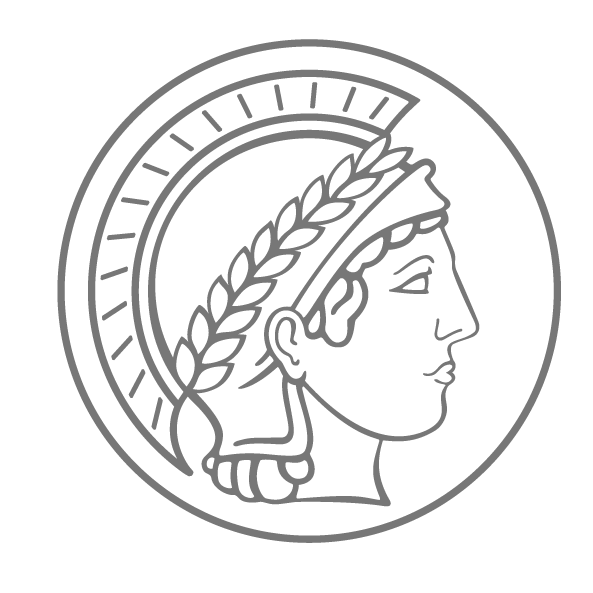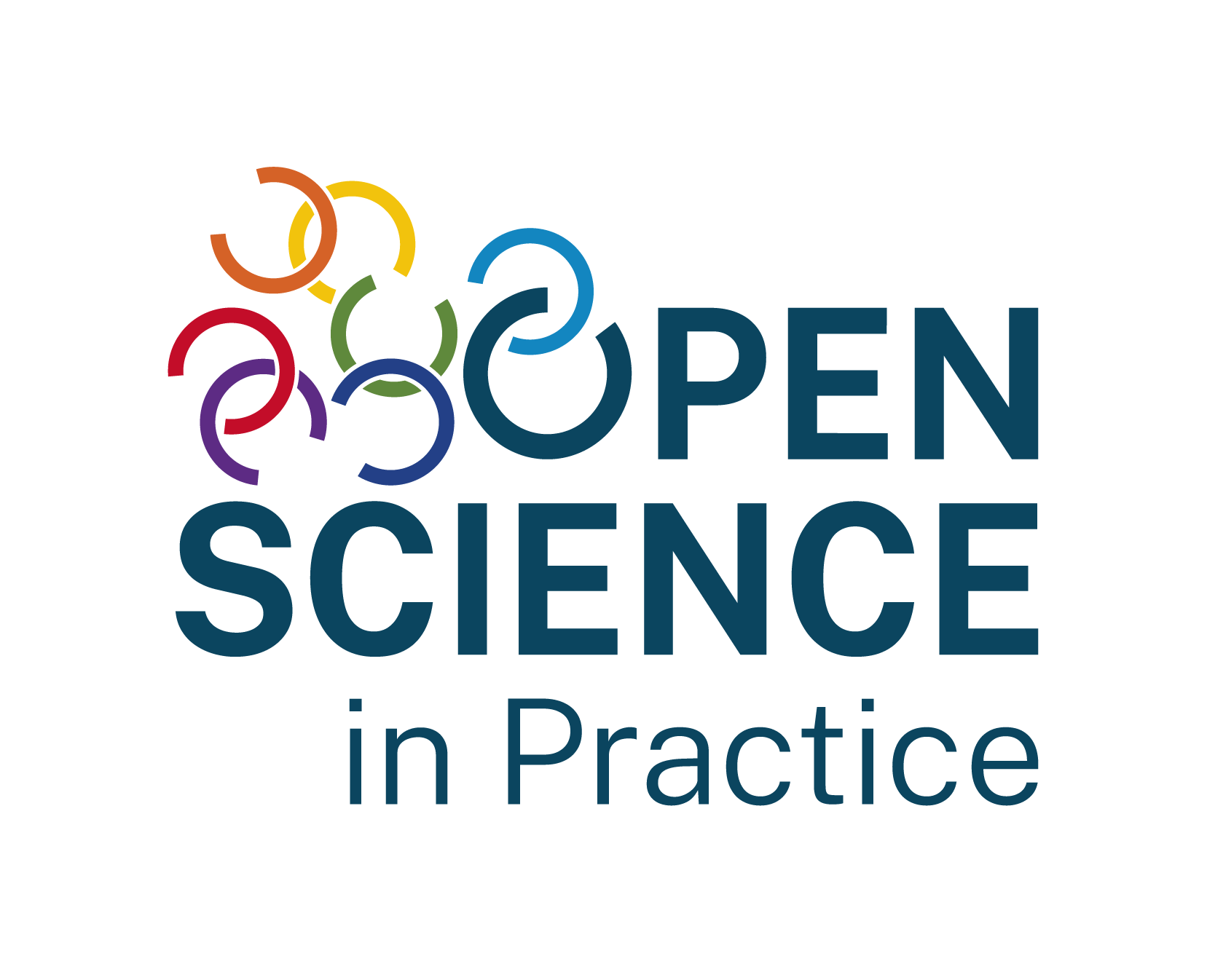Linked Open Data
Linked open data is closely connected to the idea of open research data. However, it extends the idea of freely accessible data by the aspect of interoperability. It makes it is easier to analyse, re-use and integrate the data with other projects and datasets. Each dataset is therefore enriched with the help of different resources. Linked open data (LOD) follows a specific format and framework that allows the interconnection and machine-actionability of all LOD datasets. LOD works with three main components:
- URIs to uniquely identify the objects that are being described.
- RDF as the framework that structures the data as triples; each statement is divided into three elements (subject, predicate and object).
- SPARQL as a way to systematically query datasets and retrieve information.
The origins of LOD go back to the W3C recommendation on the Resource Description Framework (RDF) in 2004. Additionally, the concept was significantly impacted by Tim Berner-Lee’s principles and 5-star rating system in 2006. This way to classify linked open datasets is still commonly used and was expanded to 7-stars in 2014.
The overarching goal is to weave a so-called network of knowledge, whereby structures, connections and contexts become visible and machine-readable. This is in line with the idea of expanding our current WWW towards a Semantic Web in which machines can extract semantic meaning from data.
The LOD cloud website shows datasets, that have been published as linked open data. This gives a good impression of the diversity of these datasets. A prominent examples of linked open data is Wikidata, which offers a low-barrier but quality method for making data not only visible but also reusable. Other well-known examples are standard authority files such as VIAF or GND in the library sector.
There is currently no special service by the Max Planck Digital Library regarding linked open data. However individual Max Planck Institutes make use of the linked open data format and principles. For example, the large LOD knowledge base YAGO was developed as a joint project of the Max Planck Institute for Informatics and the Telecom ParisTech University. Also, the Cross-Linguistic Linked Data (CLLD) project was developed to make datasets of the Max Planck Institute for Evolutionary Anthropology more interoperable.
Further Reading
- European Commission “Linking data: what does it mean?”: https://data.europa.eu/en/publications/datastories/linking-data-what-does-it-mean
- Library Carpentry “Linked Open Data”: https://librarycarpentry.org/Top-10-FAIR/2019/09/05/linked-open-data/
- Linked Data Tools “Introducing Linked Data and the Semantic Web”: https://www.linkeddatatools.com/semantic-web-basics/
- Liyang Yu (2011). “Linked Open Data” (https://doi.org/10.1007/978-3-642-15970-1_11)


